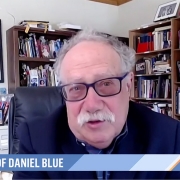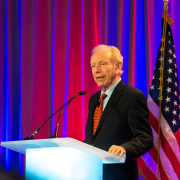How America Abandoned the World—and Our Own Inner Cities
In America and across the globe, COVID-19 is diminishing people’s prospects, exacerbating inequality and creating ever-more feudal societies as the pandemic ravages the health and the pocketbooks of the poor and the poorly educated.
Globally developing countries are suffering from what The Nation describes as “a gargantuan north-south vaccination gap” between developing countries where fewer than 10 percent of people have been vaccinated compared to around 70 percent in Western Europe, Israel, Canada and US. And within affluent countries, there’s nearly as wide a gap between well-off and well-educated populations, and rural and urban backwaters still suffering from “a pandemic of the unvaccinated.”
In the long history of pestilence and plague, French historian Fernand Braudel noted, there was always a “separate demography for the rich”. As today, the affluent tended to eat better and could often escape the worst exposure to pestilence by retreating to country estates, while the poor have been left to fend for themselves as “victims of the urban graveyard effect” that’s persisted since the fall of Rome.
Despite attempts in the media to deny or downplay the links between density and disease, COVID death and infection rates remain worse in dense urban counties where poorer residents often have to navigate insufficiently ventilated enclosed spaces that their more affluent and mobile counterparts have been mostly able to avoid.
Generally speaking, educated and affluent city and suburban dwellers recovered their incomes within the first year of the pandemic, even as millions of Americans have fallen into poverty or are on the verge of destitution, and the federal moratorium on evictions is about to expire. Overall, upper-income workers recovered completely while lower-wage workers suffered major income declines.
As of May, employment for those making $60,000 a year or more is up by 7.4 percent since the pandemic began, while employment for those making $27,000 a year of less has plunged by 21 percent, according to tracktherecovery.org. The drop in low-wage employment has been even steeper in affluent areas, like Manhattan, as the high-wage workers who had clustered there are now dispersed while working remotely and buying services in their new locales.
This trend could accelerate if new pandemics emerge in the near future, as many fear they will. But for now, at least for developed countries, vaccinations offer a way out. Since January, COVID-19 has dropped from the leading cause of death in America to the seventh leading cause. But even here, the widely varied inoculation rates suggest future social problems, particularly as COVID-19 is becoming “hyper-regionalized” in communities with both low vaccination and low immunity rates, according to former FDA commissioner Dr. Scott Gottlieb.
These come primarily in two very different, but historically impoverished and poorly educated populations: rural America, where the national media has mocked the people getting sick as Trumpist rubes, and inner-city America.
Read the rest of this piece at Daily Beast.
Joel Kotkin is the author of The Coming of Neo-Feudalism: A Warning to the Global Middle Class. He is the Presidential Fellow in Urban Futures at Chapman University and Executive Director for Urban Reform Institute. Learn more at joelkotkin.com and follow him on Twitter @joelkotkin.
Homepage photo: MCJ1800, via Wikimedia under CC 4.0 License. Composite, R. Howard.

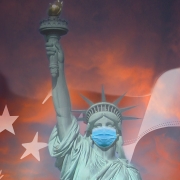

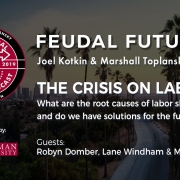
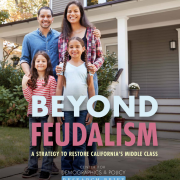
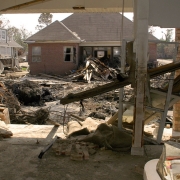 NARA, public domain
NARA, public domain